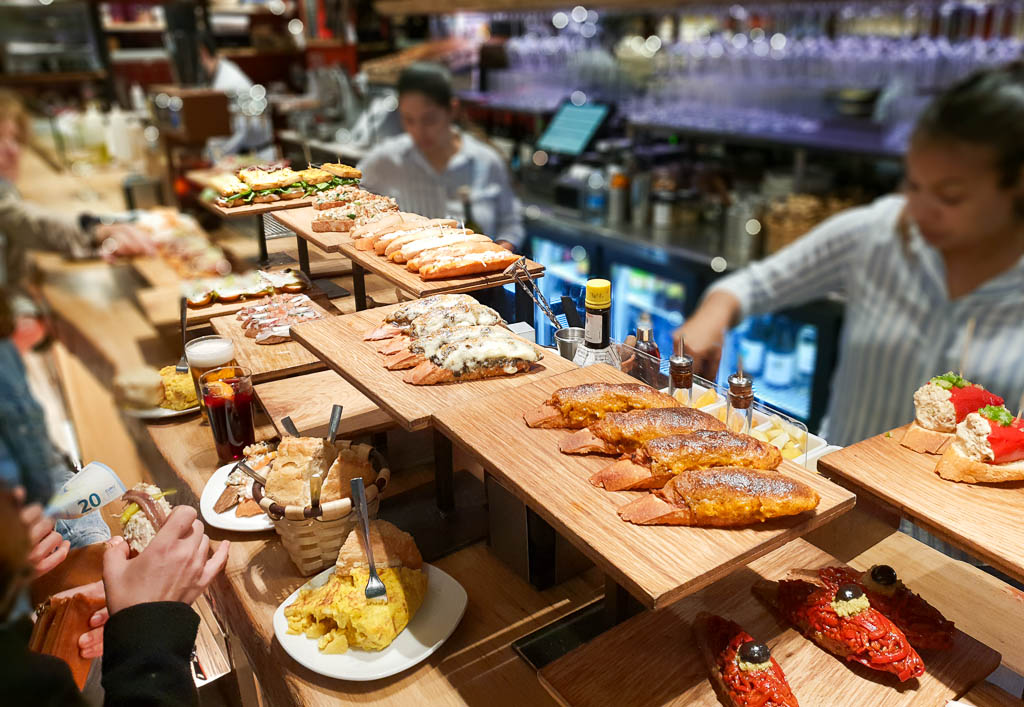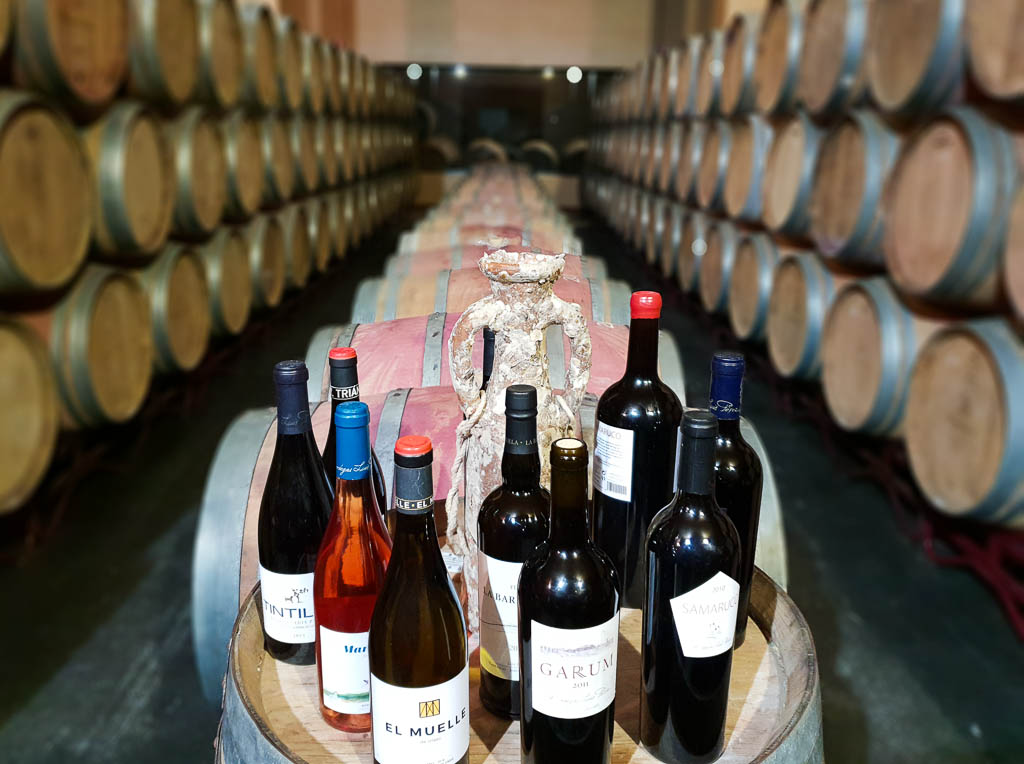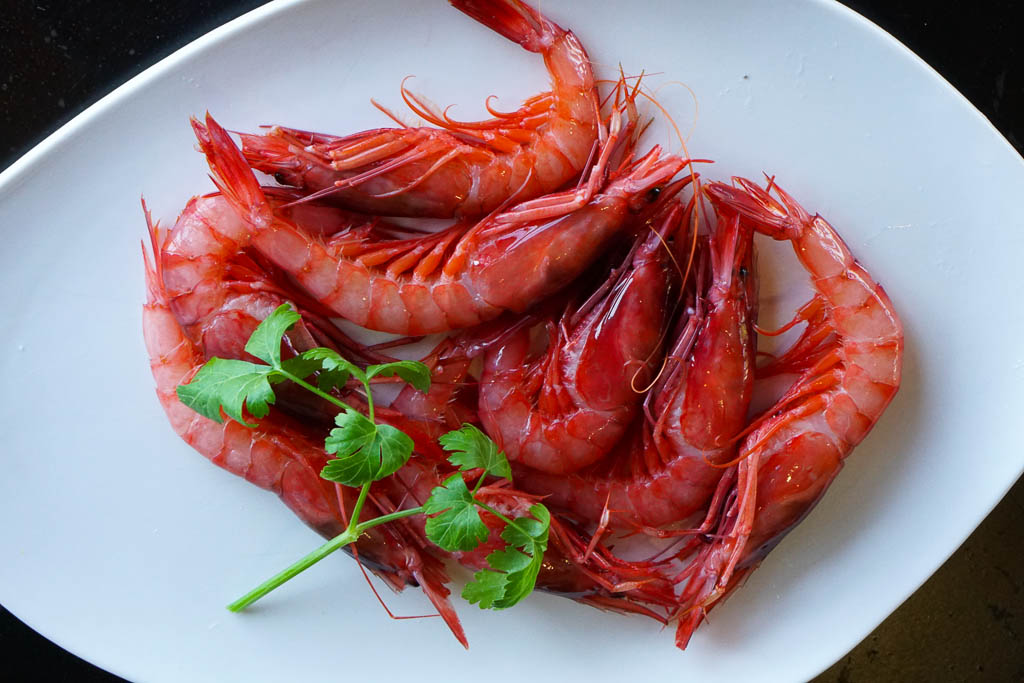When we moved to Girona, in the heart of Catalonia, we quickly realized something: in Spain, food is never just about eating. Spanish food culture is about slowing down, savoring the moment, and gathering around a table — whether with old friends or friendly strangers. For travelers over 50, Spanish food culture offers a refreshing reminder that good meals are best enjoyed unrushed.
If you’re planning a trip to Spain, understanding how locals dine — and how to adapt it to your own pace — can completely transform your experience. In this guide, we’ll walk you through the essentials of Spanish food culture, the art of tapas and siestas, and how to enjoy it all without ever feeling rushed, overwhelmed, or out of sync.
🧀 Understanding Spanish Meal Times (and How to Adapt)
One of the biggest surprises for many first-time visitors is the timing of Spanish meals. Spaniards eat later — much later — than travelers from the U.S., UK, or most of Europe might be used to. But don’t worry — you can still enjoy delicious local food without waiting until 10 p.m.
Here’s a typical Spanish eating schedule:
- Desayuno (Breakfast): Light and early — usually toast, coffee, or a croissant around 8–9 a.m.
- Almuerzo (Late Morning Snack): Around 11 a.m., many Spaniards enjoy a small sandwich or pastry.
- Comida (Lunch): The main meal of the day, served between 1:30–3:30 p.m.
- Merienda (Afternoon Snack): Around 5–6 p.m., often a pastry or fruit with coffee. (Or, a perfect snack when traveling by train in Spain)
- Cena (Dinner): Usually lighter than lunch and served from 8:30–10 p.m.
💡 Our tip? Make lunch your big meal of the day, especially if you want to eat like a local but still get to bed at a reasonable hour.
🍷 Embrace the Menú del Día (Daily Set Menu)
When traveling Spain, look for the daily set menu options! One of the best-kept secrets for affordable, satisfying meals in Spain is the menú del día. Offered at lunch on weekdays, it usually includes:
- A starter (soup, salad, or local specialty)
- A main course (meat, fish, or vegetarian dish)
- Bread and wine or water
- Dessert or coffee
- Average price: €10–15
These menus are a fantastic way to try traditional, home-style Spanish dishes without splurging. As mature travelers, we loved how it let us enjoy a full, hearty lunch in a relaxed setting — often surrounded by locals on their work breaks.
🥘 In Girona, one of our favorites was a seafood fideuà (a noodle-based paella) with a glass of Catalan white wine — all for under €13.

🍢 Tapas: Small Bites, Big Flavors
Tapas are one of Spain’s most iconic contributions to world cuisine, but they’re also misunderstood. In most parts of Spain, tapas are small plates ordered individually or shared. Some Spanish cities (like Granada) still offer a free tapa with your drink, but in most places, you’ll pay per plate.
How to enjoy tapas over 50:
- Don’t rush. Tapas are about grazing, not gobbling. Order slowly, share with your travel companion, and enjoy the flow.
- Start with 2–3 dishes, then order more if you’re still hungry.
- Look for busy, local spots. Crowds often mean better quality and authenticity.
- Ask for recommendations. Servers are often happy to suggest seasonal or house specialties.
Some tapas we loved while living in Girona:
- Patatas bravas with spicy aioli
- Anchovies with vinegar and olive oil
- Grilled padrón peppers
- Jamón ibérico with pan con tomate
- Croquettes filled with jamón or mushrooms
🧑🍳 Pro tip: In Catalonia, don’t miss “pintxos” bars — similar to tapas, but often served on toothpicks with regional flair.

🍇 Wine Without Pretense (and Cava in Catalonia)
Spanish wine is affordable, unpretentious, and deeply rooted in regional culture. Whether you’re sipping a bold Ribera del Duero red, a refreshing Albariño, or a glass of bubbly Catalan cava, you’re in for a treat.
What we loved about Spanish wine culture:
- It’s accessible and affordable — a glass of house wine is often just €2–3.
- You can explore local varieties region by region.
- There’s no pressure to order a full bottle — “una copa” (a glass) is perfectly normal.
- Pairing wine with food is simple and intuitive, not overly formal.
🍾 Living in Girona, we often ordered cava instead of white wine. It’s dry, delicious, and usually produced just an hour away in Penedès.
💤 The Siesta Is Real – And Refreshing
While the siesta isn’t as widespread as it once was, especially in big cities, many small towns and independent shops still close from 2 to 5 p.m. This mid-day break is perfect for a nap, but also a time to slow down, relax, and embrace the rhythm of the day.
How we embraced the siesta lifestyle:
- After a long lunch, we’d take a walk or sit in a shaded plaza.
- We avoided errands or museum visits during siesta hours.
- We used the time to read, reflect, or just recharge before heading out again in the evening.
📚 Some of our favorite memories were made during quiet afternoons in Girona, reading a book by the river or watching locals stroll by with their dogs.
🥖 Market Culture and Eating In
Part of the slow travel experience is shopping like a local. In Spain, mercados (markets) are filled with fresh produce, cheeses, olives, cured meats, and artisan breads — perfect for putting together a picnic or cooking a light meal at your apartment.
Why we recommend shopping markets:
- It’s easy to eat light, healthy meals if you don’t want to dine out daily.
- You’ll find regional specialties you might not see on restaurant menus.
- It gives you a peek into daily Spanish life — and an excuse to try your Spanish!
🛍️ In Girona, we loved the Mercat del Lleó. Some days, we’d grab tomatoes, goat cheese, crusty bread, and make lunch back at our place — with cava, of course.
Final Thoughts: Food as a Path to Culture
In Spain, food isn’t just fuel — it’s the heartbeat of the culture. For travelers over 50, this presents an incredible opportunity to travel deeper, slower, and with more intention. Whether you’re lingering over tapas in a backstreet bar or sharing a menú del día with the lunch crowd, you’re not just eating — you’re participating in one of Spain’s most meaningful traditions.
And the best part? You can enjoy it at your own pace. Skip the late-night dinners if you want. Take a siesta. Order just a tapa and a glass of wine. Or make a salad at home with fresh market produce. Spanish food culture is welcoming, generous, and perfect for travelers who want to savor every moment — just like we did in Girona.
🧳 Up Next: Explore our Best Cities in Spain for Slow Travel Over 50 if you’re planning your itinerary.

